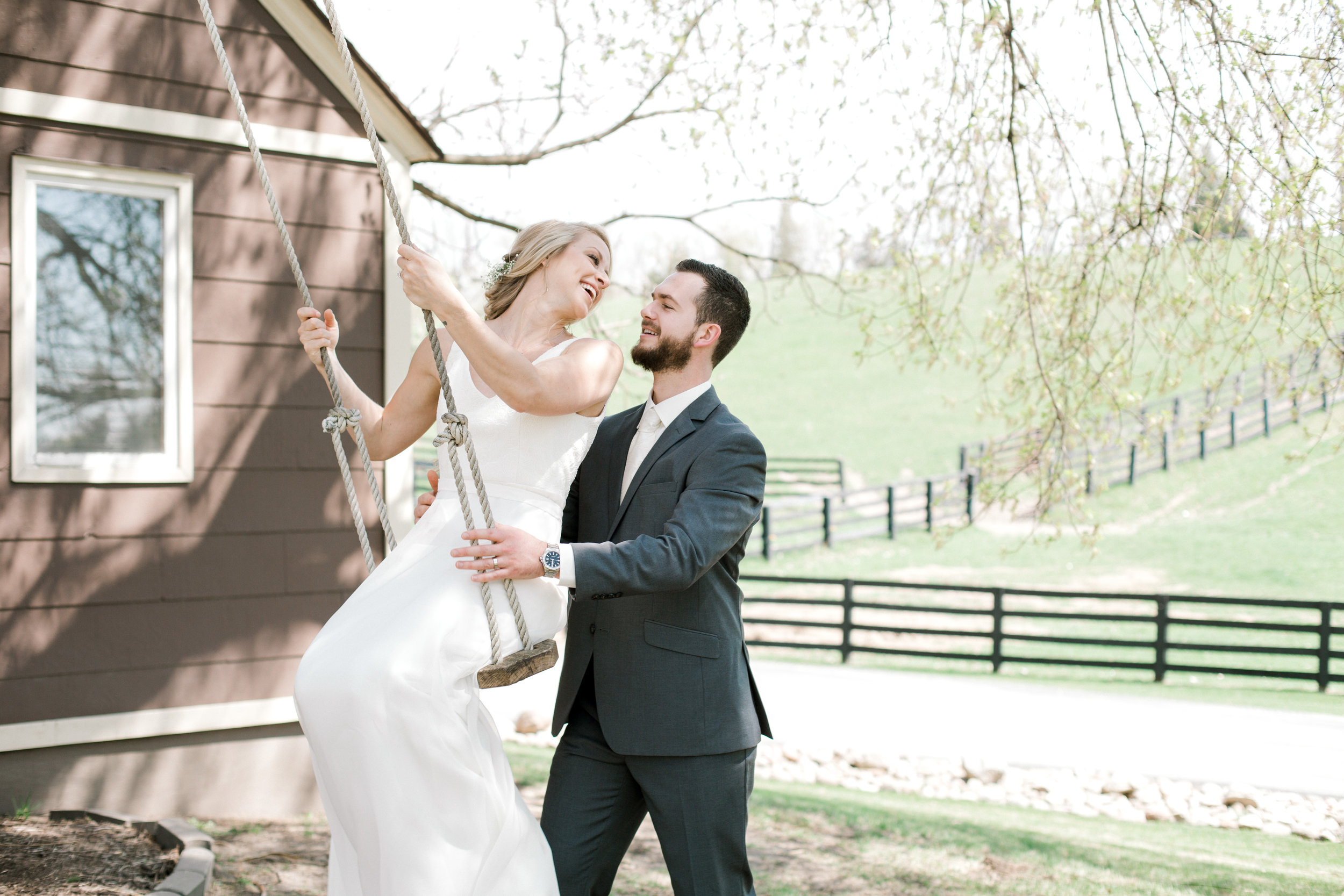Lauren Baker is a fine art wedding photographer serving Boston, New England, and available for destinations worldwide.
weddings
Engagements
families
portraits
Seniors
Photographers
Tips & Tricks
explore posts
It’s time for a heart to heart. There’s a topic that’s so important to discuss that I’m a little embarrassed we haven’t talked about it yet. What’s that super important topic? It’s light. Light, time, and how it all affects your portraits.
You might be thinking, “Ok but don’t we just need a nice sunny day to get great photos?” Actually, no. A bright, sunny, cloudless day is actually something I actively try to avoid when shooting portraits outside.
Think about it. What do you grab when you’re about to go outside on a sunny day? Your sunglasses. Why? Because you’re going to squint and burn your eyeballs without them. Now imagine that you’re outside in that sunshine, you can’t have your sunglasses, and you also have to keep your eyes open because a camera is in your face because we’re taking your couple photos, senior photos, or family photos. EEK!! “Eek” and “no thank you,” right?
Let me pause right here. Please don’t feel silly if you originally believed that full sunshine was the best light for taking people’s photos. Most people actually believe that so you’re in good company. My job, as your bff photographer, is to educate you about different lighting situations and how they affect your portraits. After you’ve finished reading this blog, you’ll know the best light to look for and (hopefully) how to create the best lighting scenario for your wedding or portrait session.
Let’s get started!
Throughout your wedding day or portrait session, I’ll constantly be looking for great light to put you in. However, there are some cases, such as your wedding ceremony, where I can’t move you to better light. When choosing your ceremony spot, the time of day when you’ll have your portraits taken, and/or when in the day to schedule your engagement/senior/family session, here are some things you’ll want to consider….
UNEVEN LIGHT
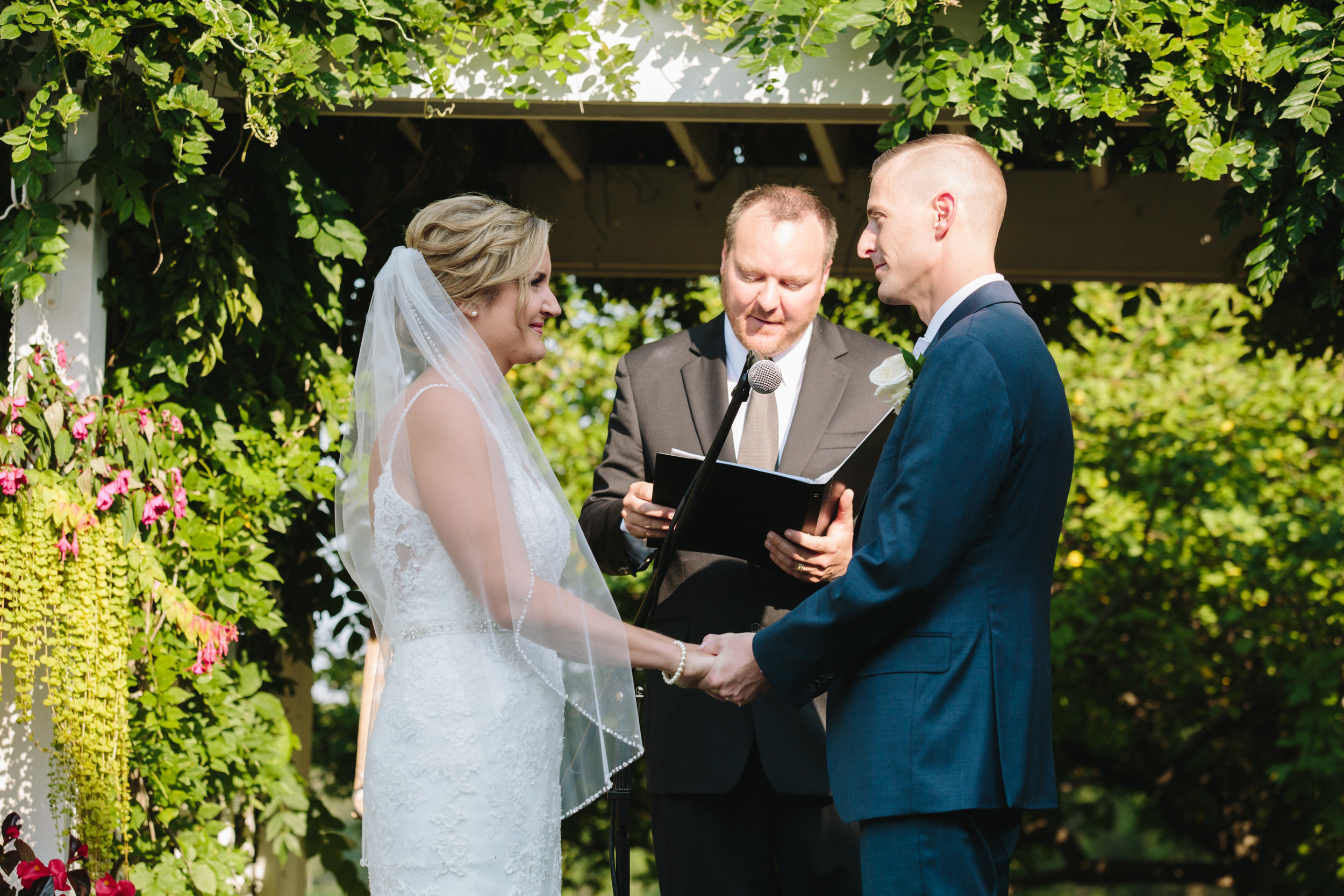
Speckled, uneven light
Although I can do a lot of great things in Lightroom/Photoshop, I’m not a magician and some things simply can’t be fixed in post processing. In these cases, I’d have to either blow out the highlights or keep the dark shadows. There’s nothing
I can do to fix this.
HARSH LIGHT
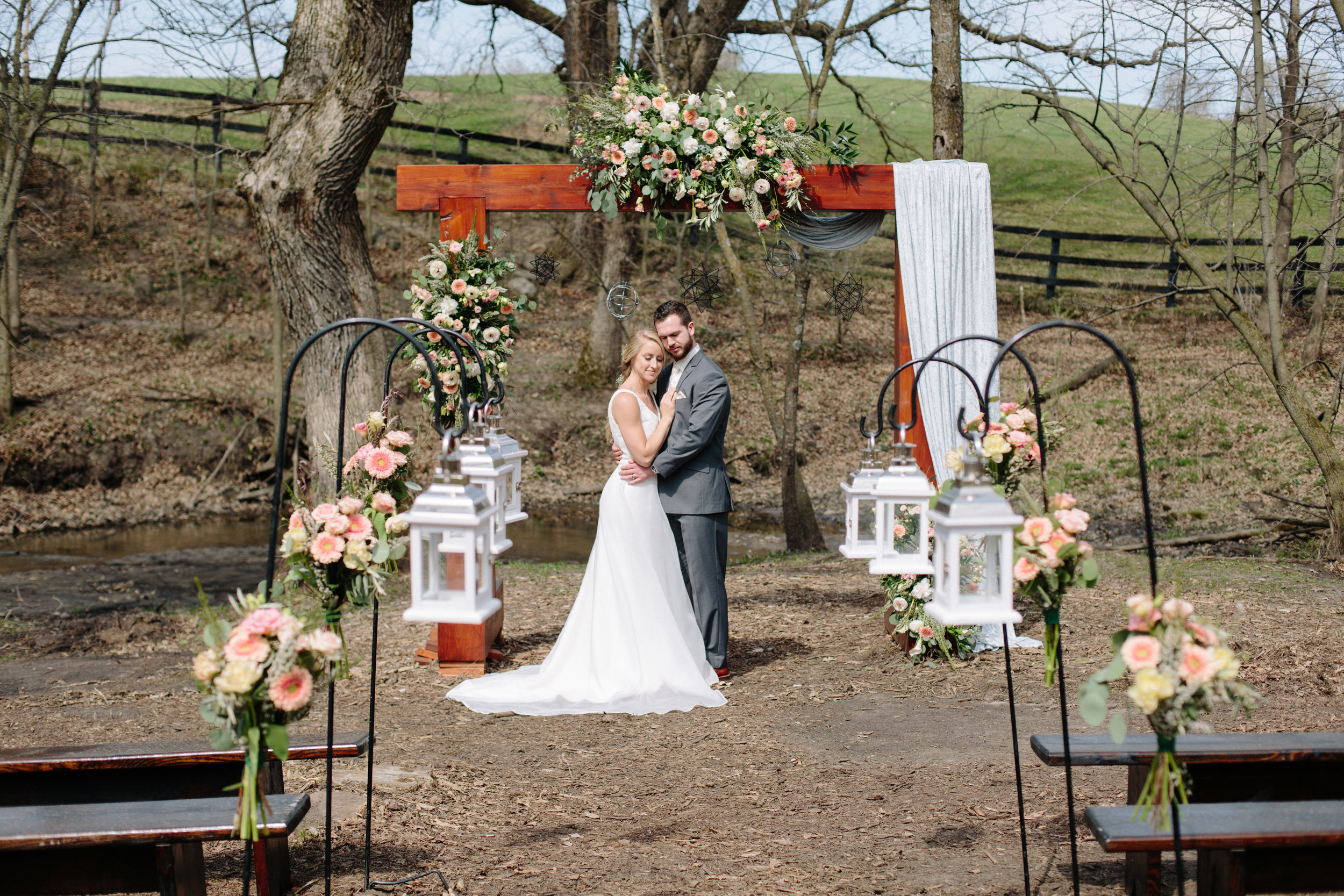
Harsh or hard light
Another type of light to avoid is harsh light. This would be if you were planning on getting married at noon or mid-day. When the light is directly above you it’s very harsh and creates dark eyes and neck shadows. Also, you’ll be squinting the entire time. (Think back to the sunglasses analogy)
For this particular kind of light, especially for wedding ceremonies, think about what time the sun will set in your area. You’ll want to schedule your ceremony (or portrait session) for a few hours before sunset. In the summer, sunset is usually between 8:00-9:30 p.m. and 4:00 p.m. in the winter. Plan accordingly!!
BACKLIGHT

Backlight
Another example of not-so-great light is backlight. Avoid getting married in front of windows or directly in front of the sun. Your background will be blown out and your faces/bodies will be silhouettes. We can get a little artsy with backlight which can look really cool, but your photos might have a slight hazy look to them…so just be aware.
Oh, and please, don’t get married or put any details in front of a mirror…you will see my reflection in the photos and no one wants that.
LOW LIGHT (WITH FLASH)
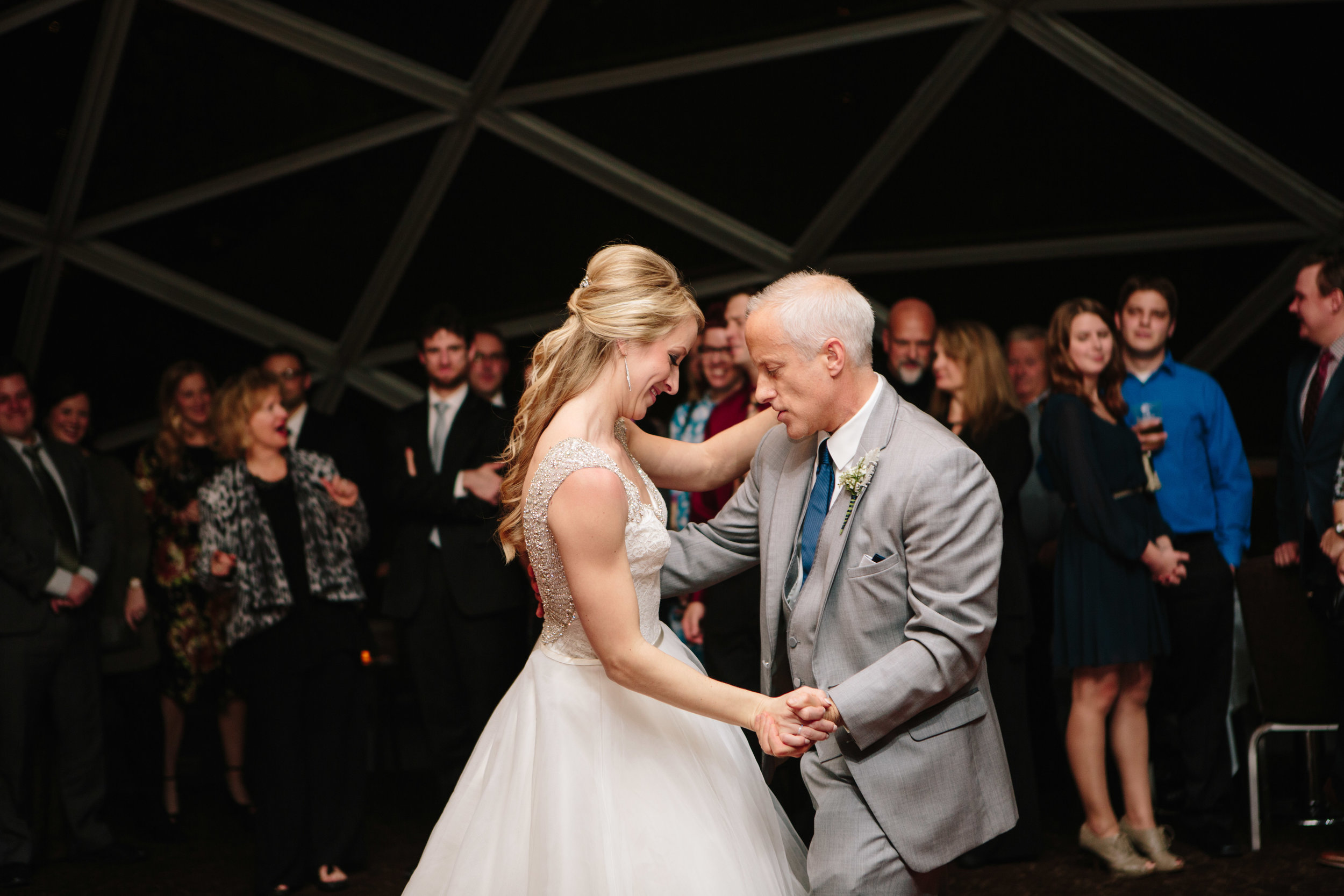
Low light with a flash
I always prefer natural light (sunlight) over artificial light (flash). But, if you’re having an indoor ceremony or reception where I’m able to use flash, this is roughly what your photos will look like.
If you’re getting married indoors, avoid spotlights, colored lights, or colored gels. If you’re getting married indoors and there’s little available light, expect darker photos. If your ceremony location doesn’t let me use flash, then expect darker, grainy photos that I’ll more than likely probably have to make black and white.
EVEN, IDEAL LIGHT

Ideal, even light
The best scenario for your portrait session is to schedule them about an hour to two hours after sunrise or before sunset ideally in a location with beautiful, even lighting. For wedding ceremonies, having them two hours before sunset might be a bit tricky depending on when you’re planning on having dinner, so I say you can schedule your wedding ceremony for an hour to three hours before sunset.
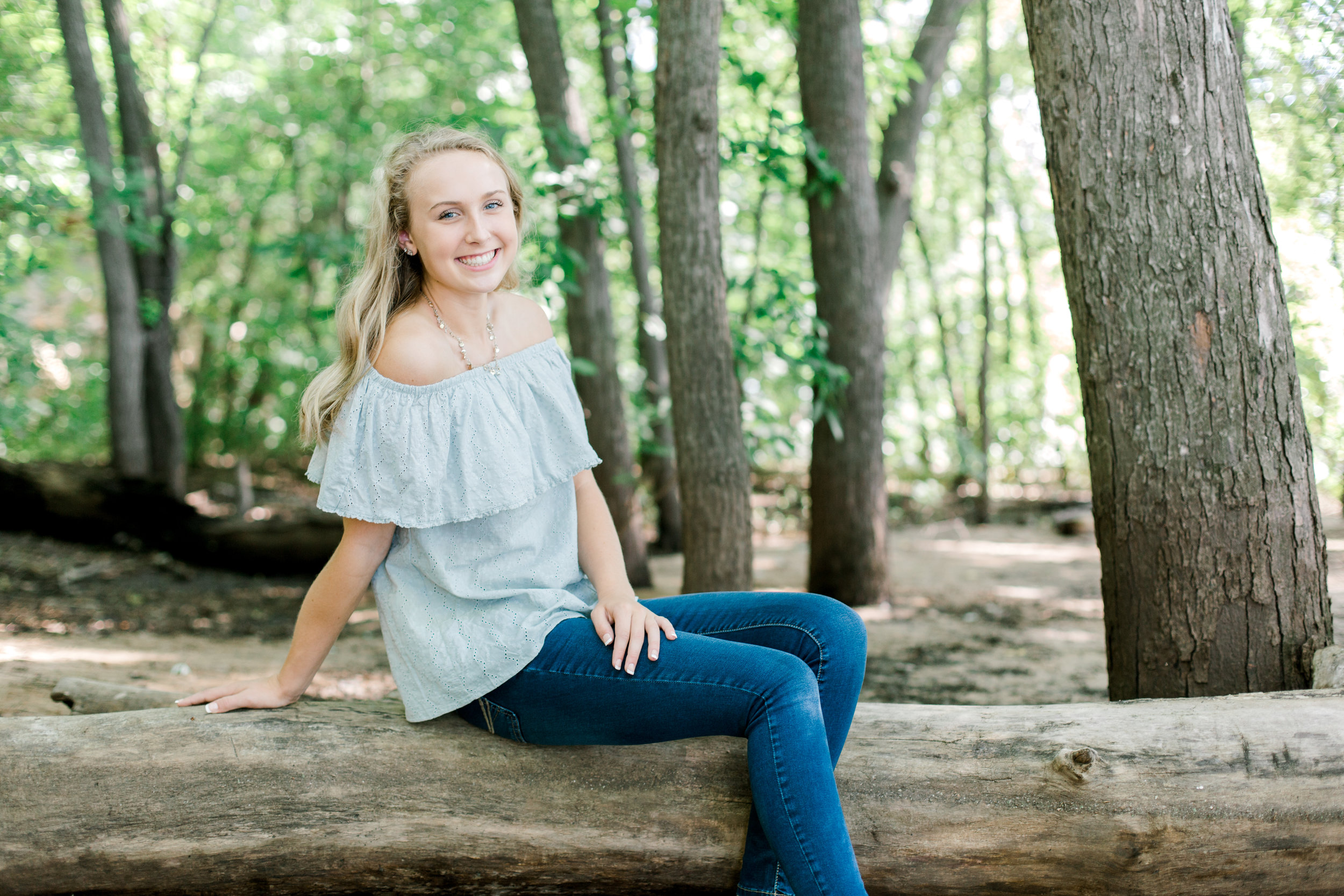
Ideal, even light
Scope out your spot and situate yourselves so that there’s beautiful light on your face(s). Also, sometimes less is more. Busy backgrounds or backdrops will make for distracting photos. Simplicity is a wonderful way of life and can also cut down on your wedding costs!
So…to recap…
Even, natural lighting = AMAZING PHOTOS! Uneven or artificial lighting = not ideal, not so amazing, and it just won’t have that 100% natural look that you are probably wanting. Now you can see and understand how lighting can DRASTICALLY change the look of your photos and what the best light is for your portraits. Mission accomplished!

